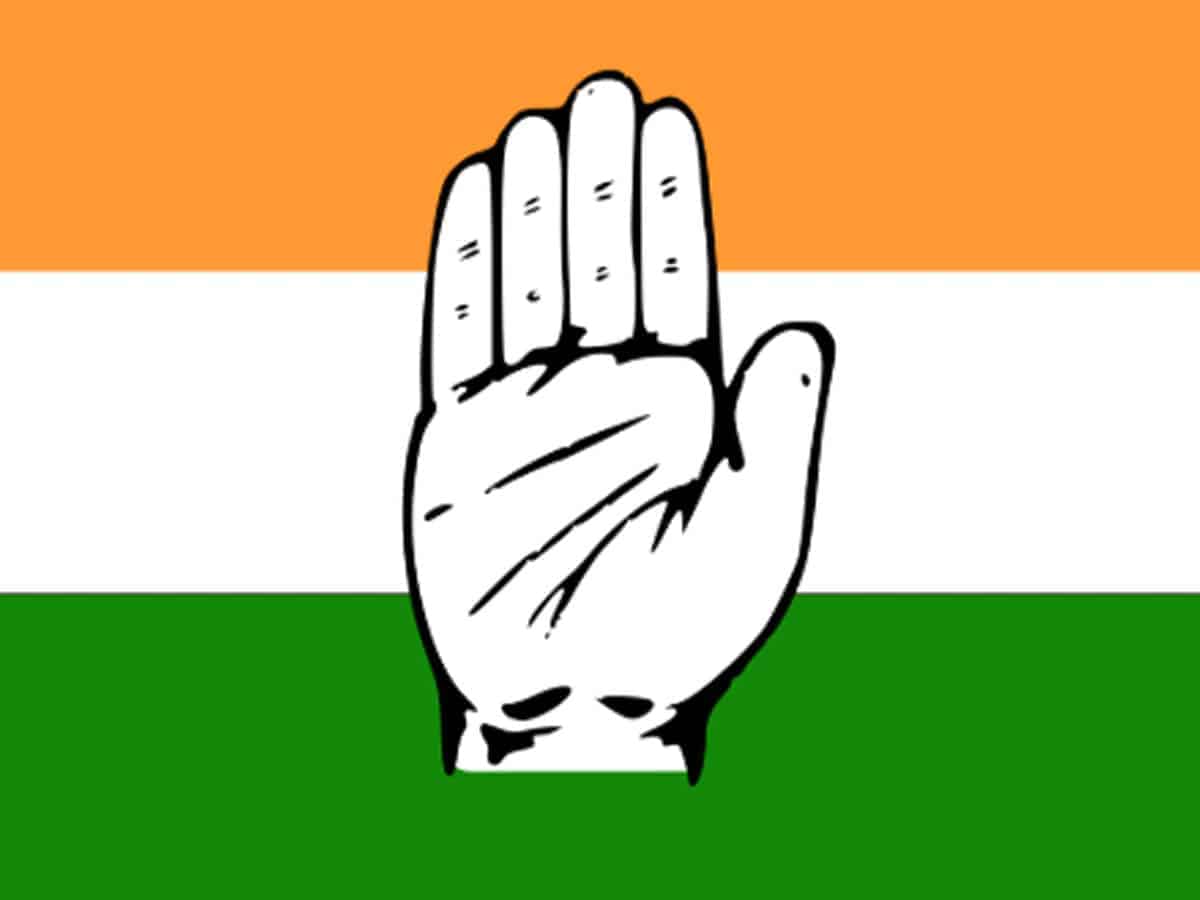Lucknow: It is not that their horoscopes do not match and neither is there any clash of egos between the leaders but for the Congress in Uttar Pradesh, alliances have always spelt trouble and even hastened its downfall in state politics.
A look at the dwindling fortunes of the Congress in Uttar Pradesh shows that the party has suffered losses each time it has entered into an alliance.
The process began in 1989 when the Congress was voted out of power and could win only 94 seats in the state assembly. The Congress, led by late Rajiv Gandhi, promptly supported the Janata Dal government with Mulayam Singh Yadav as chief minister.
This was also the year when the politics of coalitions began in the country at the national level.
In the next election in 1991, the Congress lost half its strength and ended up with 46 seats.
In 1993, the party went further downhill and got just 28 seats — this time it promptly came forward to support the SP-BSP coalition government.
The Congress was then led by late P V Narasimha Rao.
In 1996, the Congress contested the assembly election in alliance with the BSP which had moved away from the SP after the infamous state guest house incident where BSP supremo Mayawati was allegedly attacked.
This time the Congress won 33 seats but the BSP, after the polls, dumped the Congress and went on to form a coalition government with the BJP.
Late Sitaram Kesri was the Congress president.
A veteran Congress leader, who did not wish to be named, explained, “We started committing the mistake of supporting other parties and still continue to do so. Our voters thought that they vote for us but we support another government so they conveniently started voting directly for other parties and the Congress lost ground. In 1996, the party organization also started breaking up because we contested only 125 seats and left 300 for BSP. The workers on these 300 seats had nothing to do and found greener pastures”.
In 2002, the Congress had to remain content with 25 seats and a year later when the BSP-BJP coalition broke up in 2003, the Congress again helped in propping up the Mulayam Singh government in UP.
This time, Sonia Gandhi was the party chief.
In 2007, the Congress was down to 22 seats but regained slightly in 2012 when it got 28 seats.
In 2016, the Congress managed to enthuse its cadres with the ’27 saal, UP behaal’ campaign that convinced its workers that the party would, this time, go it alone.
However, three months after the campaign that had almost revived the party organization, the Congress leadership, again, opted for an alliance with the SP that apparently boomeranged and the party hit rock bottom with just seven seats in the 2017 UP assembly elections.
In 2019 — the worst year for the Congress in UP — the party lost is bastion Amethi to the BJP and had to remain content with just one Lok Sabha seat – Rae Bareli.
Ram Bahadur Srivastava, a veteran Congress leader from Gonda district, said, “We may stumble, we may slip but we have to learn how to walk alone and not be a political stooge of regional parties. The regional parties always fatten up when they ally with a national party whereas the national party loses strength and this is what has happened to us. Even in the case of the BJP, it lost strength when it allied with BSP and regained only when it decided to walk alone”.
A senior leader, however, blamed the decisions on a ‘coterie of leaders’ who have been ‘misleading the party leadership for vested interests’.
“We have a group of leaders who insist on alliance so that they can make gains – financial and otherwise. The problem with the leadership is that it rarely interacts with workers at the grassroots level and relies on the opinion of the coterie that spoilt the party’s game plan in 2016 after we got a head start with the ‘27 saal, UP behaal’ campaign”, the leader said.
As things stand today, Congress workers are wary of working for the upcoming assembly elections.
“Why should we start working when we do not know whether the party will opt for an alliance or go it alone? In any case, even if there is an alliance, we will get a small number of seats because some of our leaders work for other parties even though they are Congress members”, said a party functionary.
Past Performance:
1989: Congress got 94 seats, supported Janata Dal government
1991: Congress won 46 seats, BJP formed government
1993: Congress got 28 seats, supported SP-BSP coalition
1996: Congress won 33 seats in alliance with BSP
2002: Congress had 25 seats, BSP-BJP coalition formed
2003: Coalition broke up, Congress supported SP government
2007: Congress won only 22 seats, BSP formed majority government
2012: Congress won 28 seats, SP formed majority government
2017: Congress got 7 seats, contested in alliance with SP

